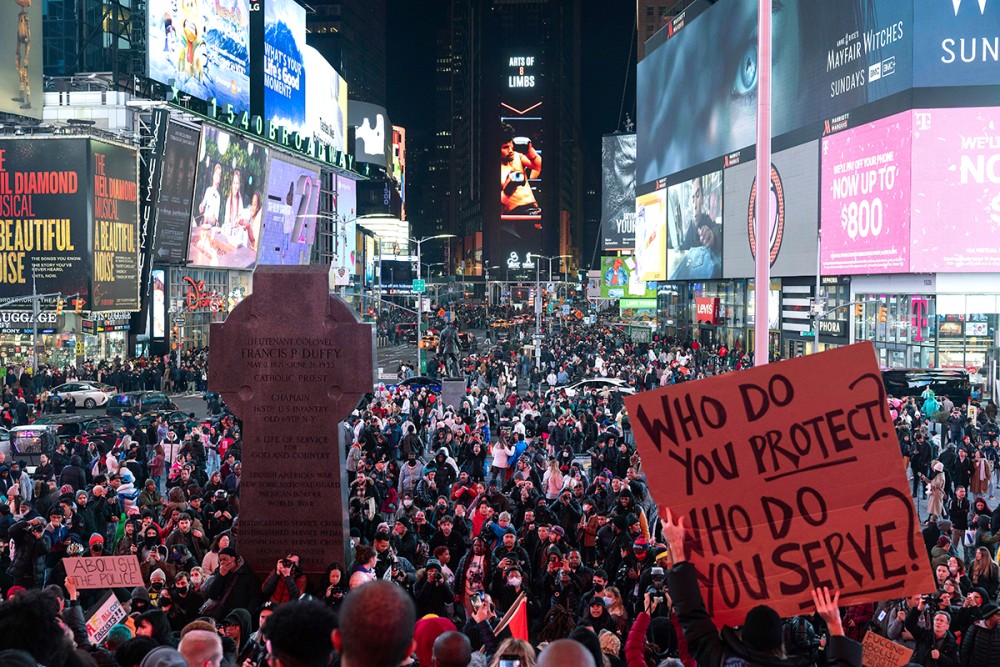Tyre Nichols’s killing is not an exception
Police violence against Black citizens is written into the script of American culture.

Here we are again in an old and familiar place. There is nothing new about lethal police brutality against Black civilians, except that this time it was the life of 29-year-old Tyre Nichols that was taken. We keep arriving in this place because too many people want to see deaths like Tyre’s as unfortunate exceptions of an impartial institution that otherwise upholds its mandate to protect and serve communities. Plenty of officers take their role to be exactly that—and still, we face a recurring catastrophe.
Nichols’s death is not an inconsistency. The conversations about it have often implied that it is, emphasizing the absurdity of state violence against the kind of person Tyre was known to be. He was simply trying to get home after taking pictures of the sunset; he was obviously not a criminal. But that shouldn’t matter. Nor should it matter that he was rail thin as a result of Crohn’s disease, a mere 150 lbs at 6’3” tall, or that he was unarmed when he was confronted by at least five much larger, armed men. It shouldn’t matter that he was no threat, that he was a father to a 4-year-old son, that he was a skateboarder, that he was beloved by people who knew him. People point out that he had a tattoo of his mother on his arm and that he cried out loudly for her as the police beat the life out of him within 100 yards of her house.
All of this is true, and it is also beside the point. These deadly encounters that make the news are typically between White officers and unarmed Black citizens, and there are always absurdities to name, absurdities that are not themselves the problem.





